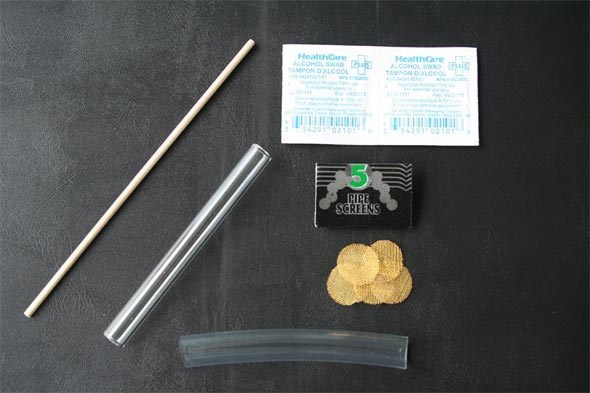Words: Andrew Ivsins, PhD candidate in Sociology at the University of Victoria/Centre for Addictions Research of BC
Imagine ordering your favourite alcoholic beverage at your favourite establishment and being served this beverage in a chipped, dirty, unwashed glass. Now imagine taking a sip, your lips brushing the jagged rim, oily fingerprints, an unusual taste. Is that a spot of blood on the glass rim? Or maybe just a bit of food, left there by the previous user? Thankfully, regulations and regular public health inspections prevent this kind of scenario by ensuring establishments provide customers with utensils that are clean and safe to use.
This is a basic tenet of harm reduction. A simple measure of public health.
Unfortunately, this public heath measure does not extend to all forms of psychoactive substance use. If consumption of the most widely used substance in Canada (i.e., alcohol) is regulated to ensure that we safely consume it, shouldn’t people who use other substances be offered the same basic health measures?
 Crack kit
Crack kit
Although the continued establishment of programs like needle exchange and supervised injection sites is a sign that harm reduction principles are increasingly accepted, not all is fair and equal in the world of harm reduction. People who smoke crack cocaine, for example, are not accorded the same public health measures – like being given safer drug use equipment – as people who inject their drugs. One of the more controversial harm reduction programs recently implemented in just a few cities in Canada is the distribution of pipes to people who smoke crack.
I’m often asked: “But why would we want to give pipes to people who smoke crack?”
Here is why:
• Without access to clean pipes, people smoke with unsafe objects, which can cause cuts and burns to their lips and mouth.
• Without access to clean pipes, people tend to share these unsafe pipes.
• Crucially, sharing pipes has been associated with the transmission of illness and disease like hepatitis C, pneumonia, and tuberculosis.
• Providing clean pipes to people who smoke crack is the same as providing clean needles to people who inject drugs. Risk of disease transmission decreases. Outreach workers have increased contact with drug users. People start to believe we care about them, and stop thinking (and this is something I’ve heard numerous times), “I’m not as important because I’m a crack smoker.” Not providing pipes to people who smoke crack is kind of like saying, “Your experiences of inequality, while detrimental to your well being, are not as important because you don’t inject drugs.”
I’m also often asked: “Doesn’t handing out crack pipes encourage crack use?”
It was recently found in Vancouver that crack use declined once crack pipes started being distributed. Not only does providing pipes not encourage crack use, but now people are less frequently cutting and burning their lips/mouths, and pipe sharing has been reduced, thus reducing the risk of disease transmission (and subsequent costs of related medical visits and care).
I’m often told: “Alcohol is legal, crack is not.”
Legality of drugs is subjective. Health is not.
This article first appeared on the Centre for Addictions Research of BC at the University of Victoria WEBSITE


